Usually a good discussion with the viewer helps me get out of my comfort zone and see my work from a newer perspective. Especially in my performative practice communication with the public helps me find the right way to share my point of view.
The object as an evidence of the past and a promise for the future is what fascinates Anna Bochkova.
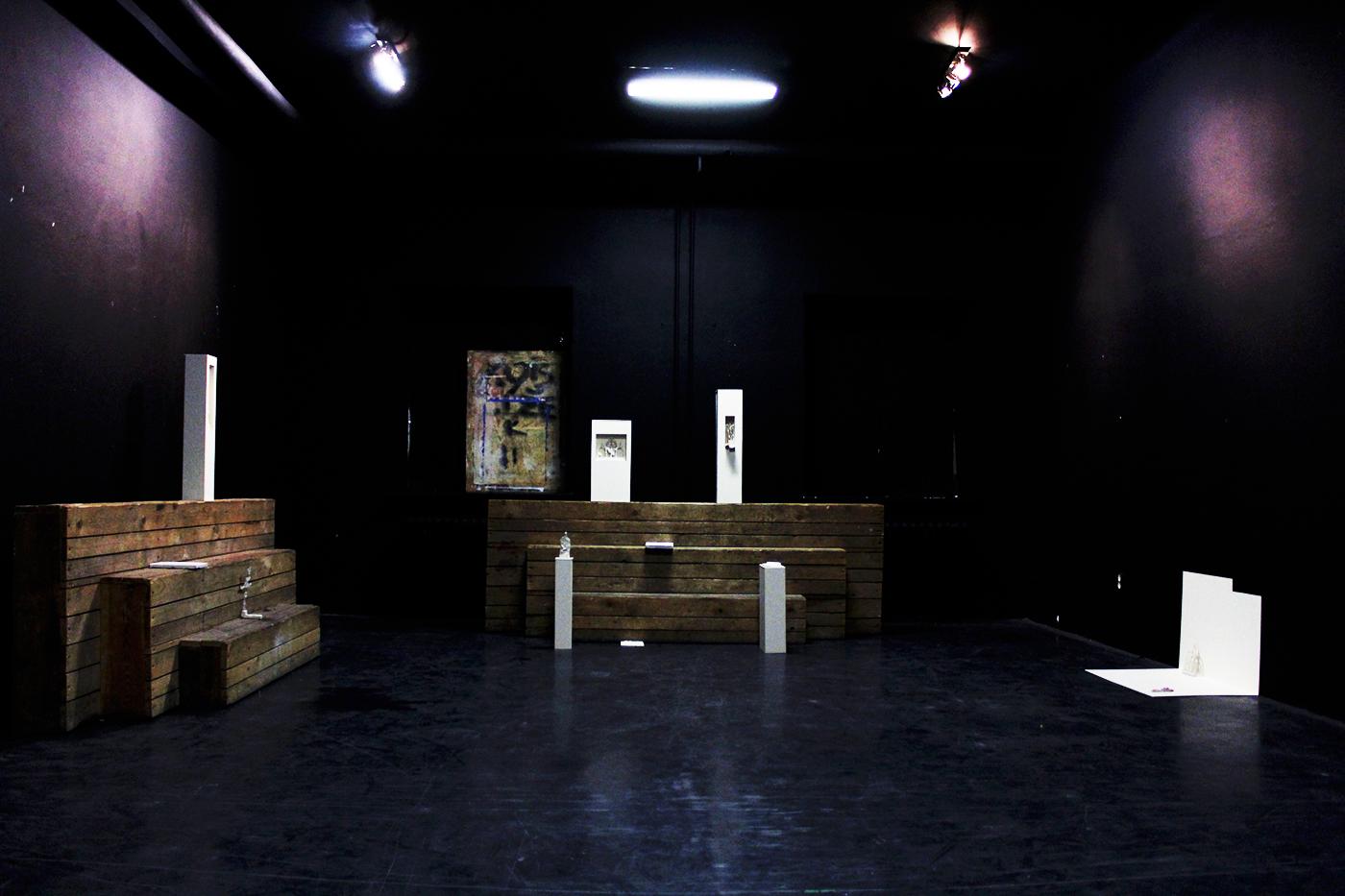
Treasure island, 2019, Galerie Podlaha, Ostrava, Czech Republic.
How did your journey in art begin?
When I was a child my mother surrounded me with books about art, of Mesopotamia, ancient Egypt and Pablo Picasso. When I was five, I knew Greek myths better than fairy tales.
At some point, I started drawing and painting illustrations for my own stories, along with collecting everyday objects as remnants of previous civilizations. It all contrasted quite strongly – the reality I was facing as a child: grey panel building landscapes, poverty, and the damage after the USSR’s fall on account of high crime rate. One had to be creative to find toys to play with, so most common playful elements were domestic objects.
After finishing art college in my native city of Rostov-on-Don, I studied stage design in Moscow. At some point I realised that my own theatre needs objects and not people. So then I entered the textual sculpture department at the Academy of Fine Arts Vienna.
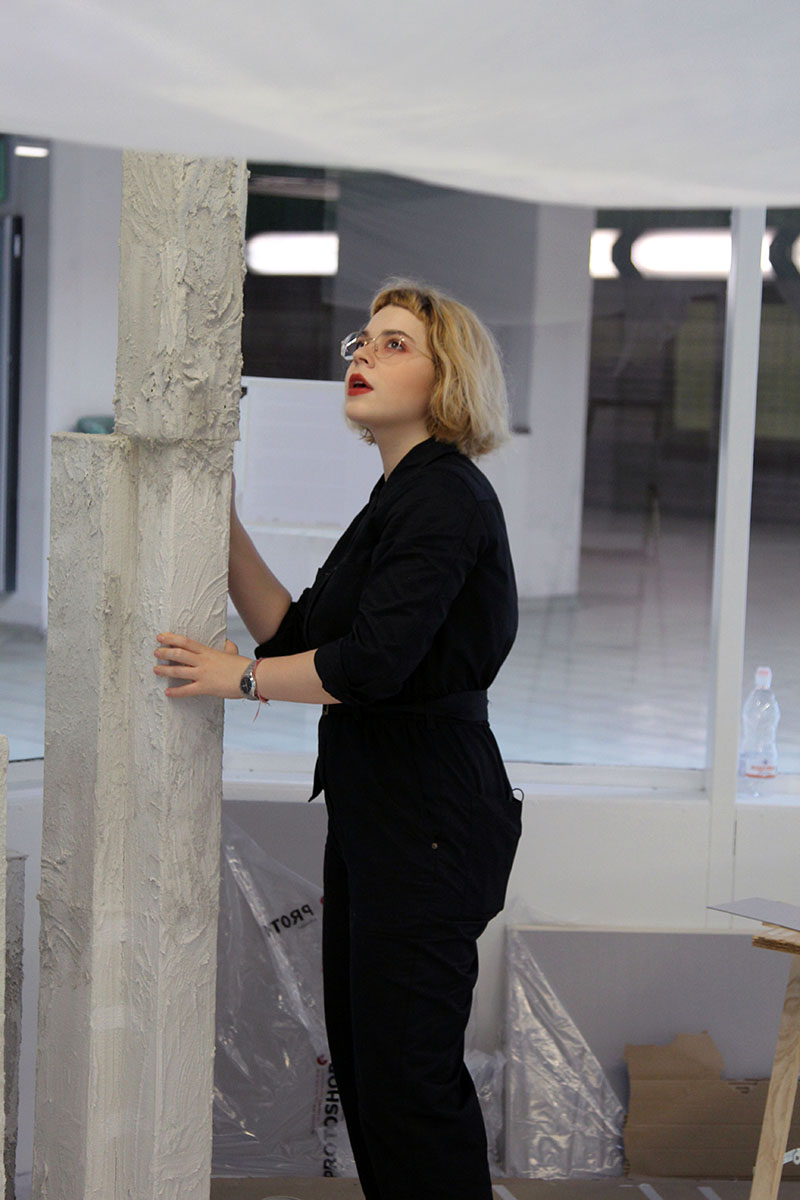
Photograph by Cristiano Rizzo
Tell us about the evolution of your practice over the years. What were your lessons, hurdles and memorable moments?
Since I have moved to Vienna I have experienced not only the difference in spoken language but also in the visual one. So, it has taken me quite a while to articulate themes which are important to me through the adopted vocabulary of western contemporary art practice.
My main habit has always been to work no matter what. This helps me stay in the realm of my art.
In the summer of 2017 I started my documentation, Memorabilia, of the central market in my native city. When I came back later in the winter, this place was destroyed. At this point I realised that, after all, it is the object which stays as an evidence of the past and a promise for the future.

Monument, 2018
Tell us about your fascination with historical contexts and commitment to ethnography via art as a medium.
As the great writer and poet Joseph Brodsky said, “If there is any substitute for love, it is memory.” So, Memorabilia, is a personal archive of the feeling. In my sculptural practice I work with artefacts and empty stages. Objects are usually characters of my own archive and theatre. So, my art projects tend to express and translate my autobiographical stories in a hidden and a bit mythological way.
Very often I use minimal and architectural forms which represent soviet architectural heritage, for instance. I also work with clay or metal which were popular in the area I come from.

Le città felici hanno l’architettura, 2019, SpazioSerra, Milano. Photograph by Cristiano Rizzo
What inspires you? Take us through your process and continuous frameworks of reference.
I get inspired by the process of work. Now, I do artistic research on the Russian avant-garde, especially on the visual and theoretical oeuvre of Kazimir Malevich.
As far as the practical aspect of working goes, I always leave space for coincidence. Despite planning everything meticulously, I respect the material I work with and understand that outcome can differ from my previous idea.
For example, I work a lot with stone. It the beginning I thought that the harder I would carve it the better it would get but outcome was different and I destroyed the stone. At this particular moment I realised it was not about the power and control I tried to invest in it. It was about time, patience and acceptance and it still is that way. For me the process of creating an artwork has always been sacral, so I pay my respect to it.

Le città felici hanno l’architettura, 2019, SpazioSerra, Milano. Photograph by Cristiano Rizzo
What is the primary role of an artist? How do you describe yourself in the context of challenging people’s perspectives via your work and art?
An artist can speak about what remains unspoken. In this case I had to remember the words of Louise Bourgeois, which say that art is guarantee of sanity.
I like also the concept of catharsis that brings one to purification and purgation of emotions through the work of art.
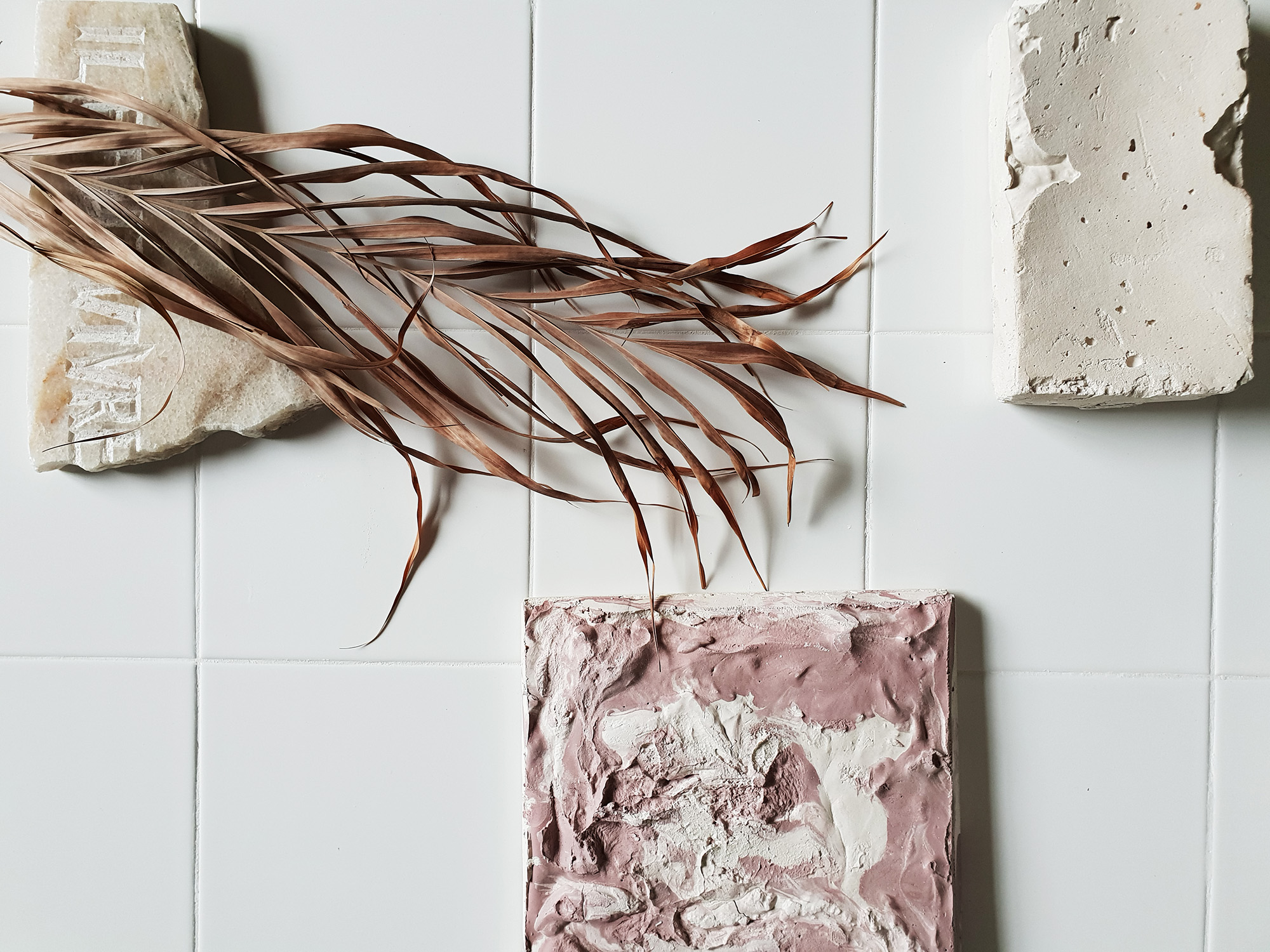
How do you balance art and life?
Personally I don’t divide my art and life. Art is my life. I surround myself with it. It is what I talk about with my family in the evening. I try to enjoy and to embrace every aspect of art. I try not to fit my creative process to commercial needs. In my case it would be wrong to spoil creative production or conceptual development by thinking about how to sell a particular work.
How do you deal with the conceptual difficulty and uncertainty of creating work?
Well, I guess it is a logical part of the creative process and I see this as a possibility to learn more. I enjoy collecting theoretical material to find new ways to articulate my concept to the viewer. I also appreciate the ongoing practical work. So, in simple terms, until the artwork remains unfinished there is always space for new interpretations and strategies. At the same time, one should ask oneself if an artwork can reach the state of being finished.
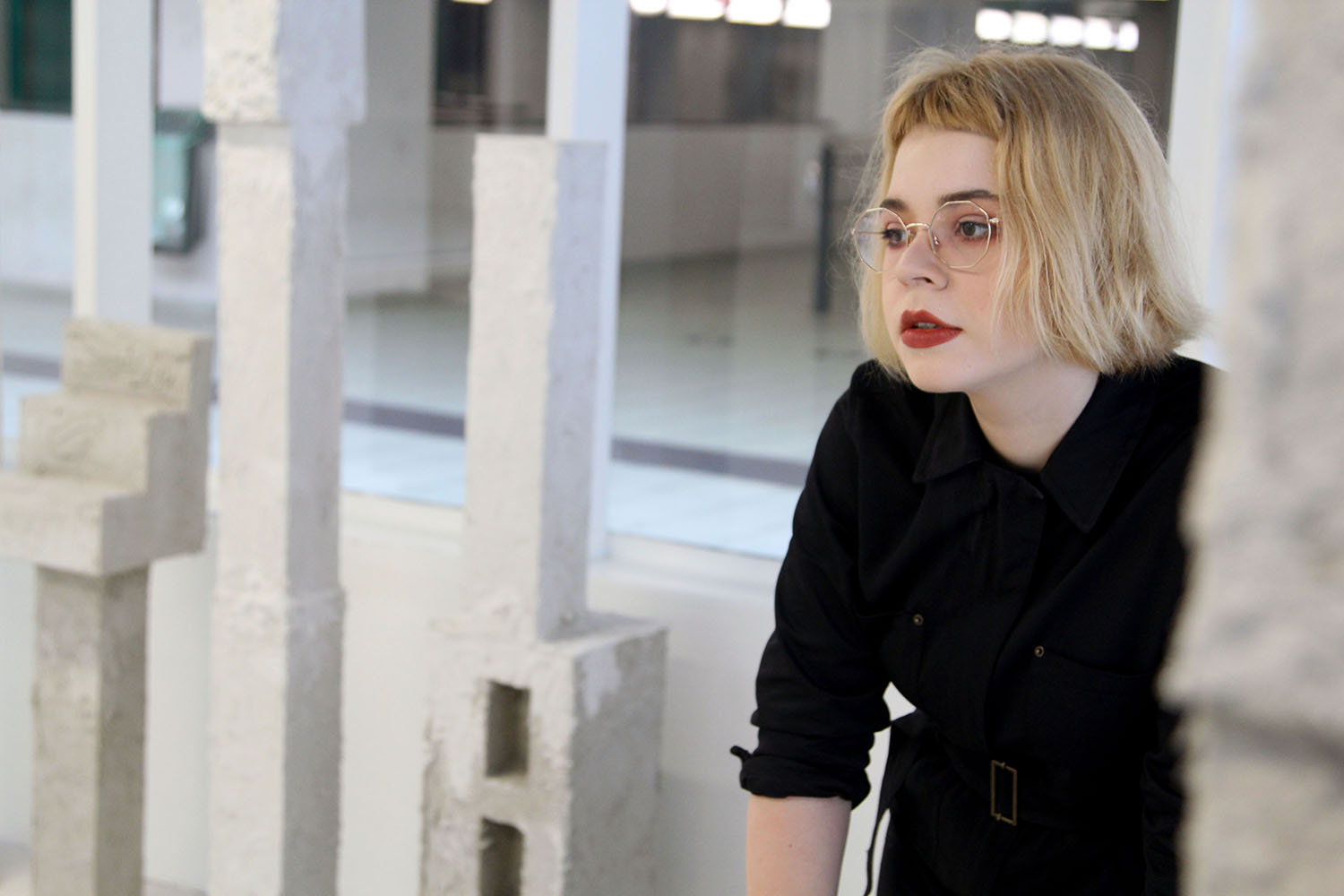
How does your audience interact and react to your work?
This question is one of the reasons why it is important for me to present during openings of my exhibitions and projects. Usually a good discussion with the viewer helps me get out of my comfort zone and see my work from a newer perspective. Especially in my performative practice, communication with the public helps me find the right way to share my point of view.
During my performance based on the migrating experience, Zeus, Give Me My EU Pass, I got diverse reactions from people in Germany and Denmark. Someone was triggered by the concept of the bureaucratic machine, someone felt uncomfortable about having a stamp ‘approved’ on his arm and so on. All such examples help me see if my idea gets to the public or not. In this case it did, even better than I thought.
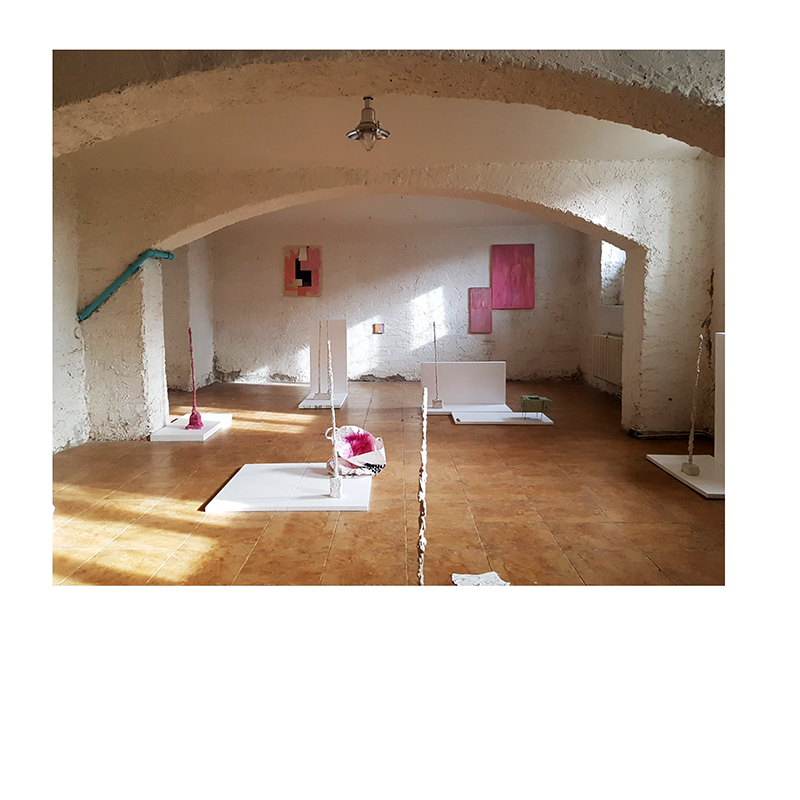
And we will flow like rivers, 2018, Prague, MeetArt.
What are you looking for when you look at other artists’ work? Which shows, performances and experiences have shaped your own creative process? Who are your maestros? Whose journey would you want to read about?
First of all, I look for sincerity. I need to feel that the artist does have this certain connection and feeling with the chosen topic and that the aesthetic isn’t influenced by the hype surrounding it. Secondly, I look for quality, preferably conceptual and technical together.
The shows I really liked were Mario Merz in Pirelli HangarBicocca,
Rachel Whiteread in 21er Haus and Alberto Giacometti at the National Gallery Prague.
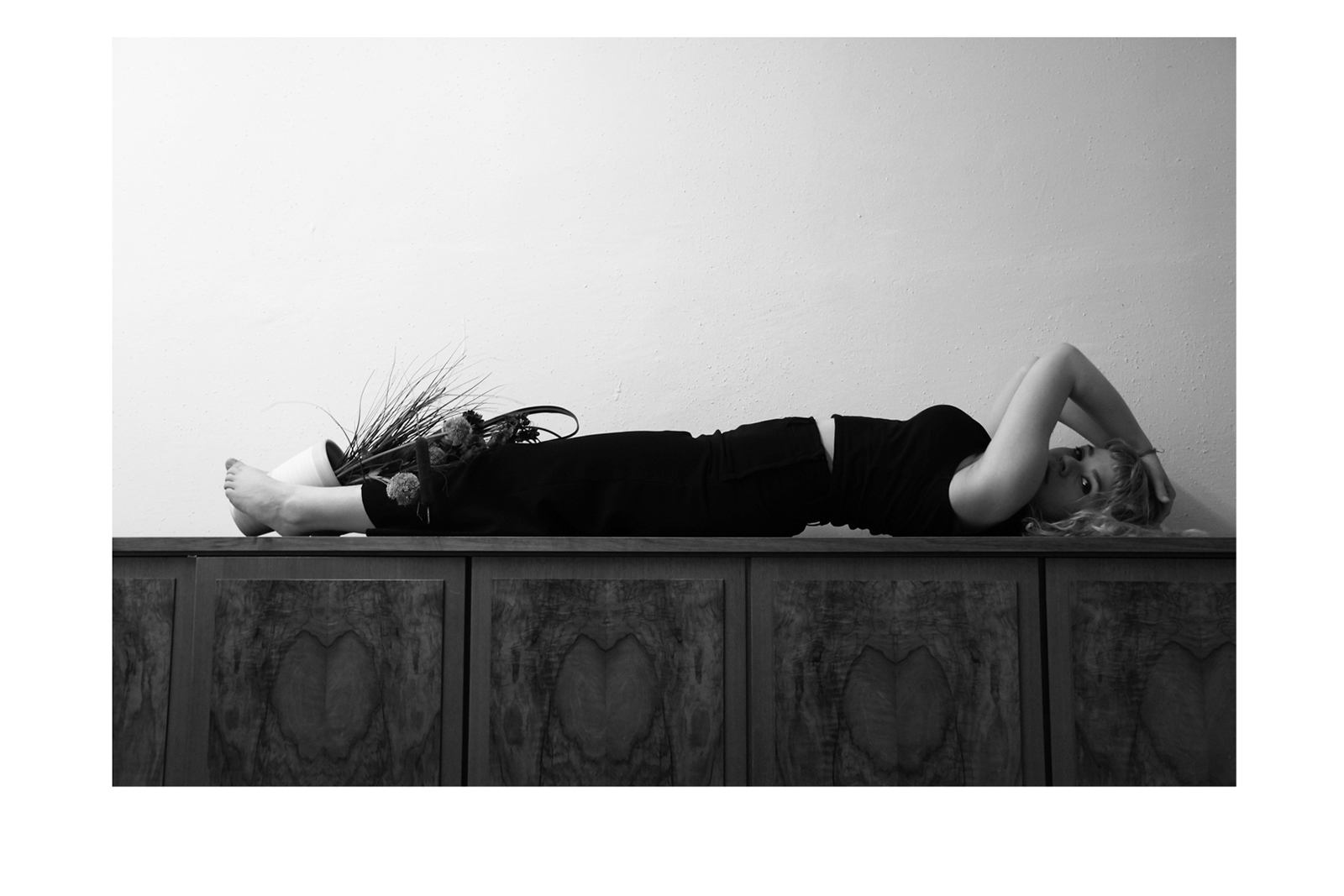
I prefer a dialogue, when I’m alone. image from performance, Berlin 2018. Photograph by Olga Sofina.
What have you observed about artists in flow?
I have to admit that mostly I work alone and don’t do much collaboration. But this summer I did a collaborative artist book with Valerie Habsburg. It was the first time when I set my works so close to someone else’s pieces and in our case I was positively surprised how good it turned out. My works looked new to me. That was very refreshing.
What is that one thing you wished people would ask you but never do?
Well, it’s hard to say because I’m a direct person and usually don’t face such problems. Sometimes I do face questions about cultural differences. In any case, the art world seems to be an individualistic place where it is not always easy to find a connection with a person.
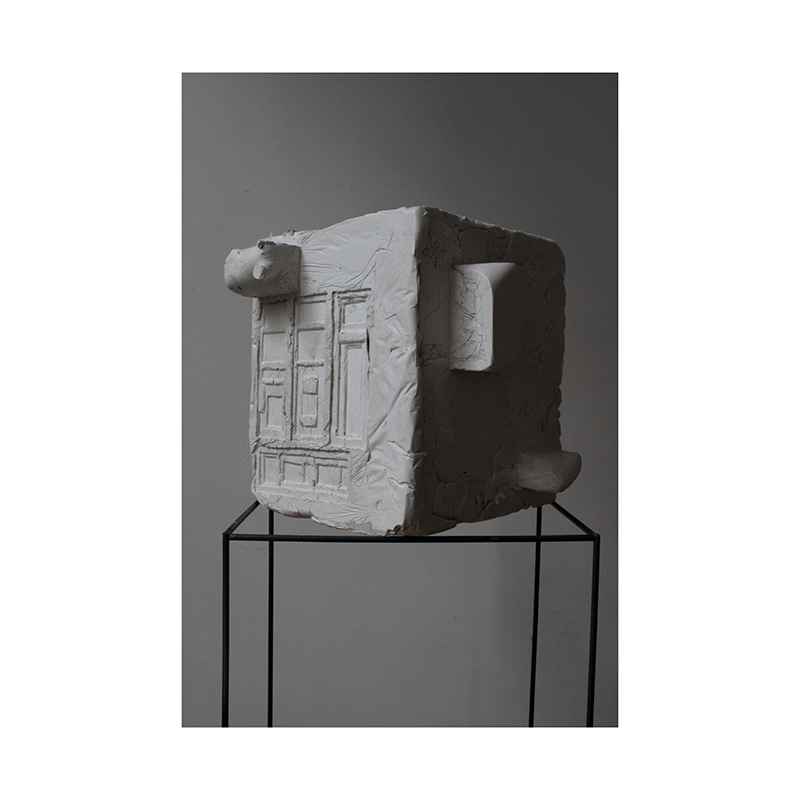
House for my friend, 2018.
What is an imperative piece of advice you would give to someone who is just starting out?
Work as much as you can, don’t compare yourself with the others, believe in yourself and don’t give up.
How does your interaction with a curator, gallery or client evolve from the initial interface to the working-involvement-relationship? How do you feel about commissions?
Very often people find my older projects in social media and then propose that I collaborate with them or they select my application through open call. So, I can state that majority of my projects happen not because of my personal network but because of my works which represent me. Then it is always a thrilling new experience to communicate with people who I have never met. I have to admit that it has always been a very positive experience so far. I consider my international projects as possibilities to see different cultures, to meet new people and to widen my horizons. It is also important to add that most of my projects are solo, which is why communication and discussion with the curator, space owner, or the gallery is crucial.
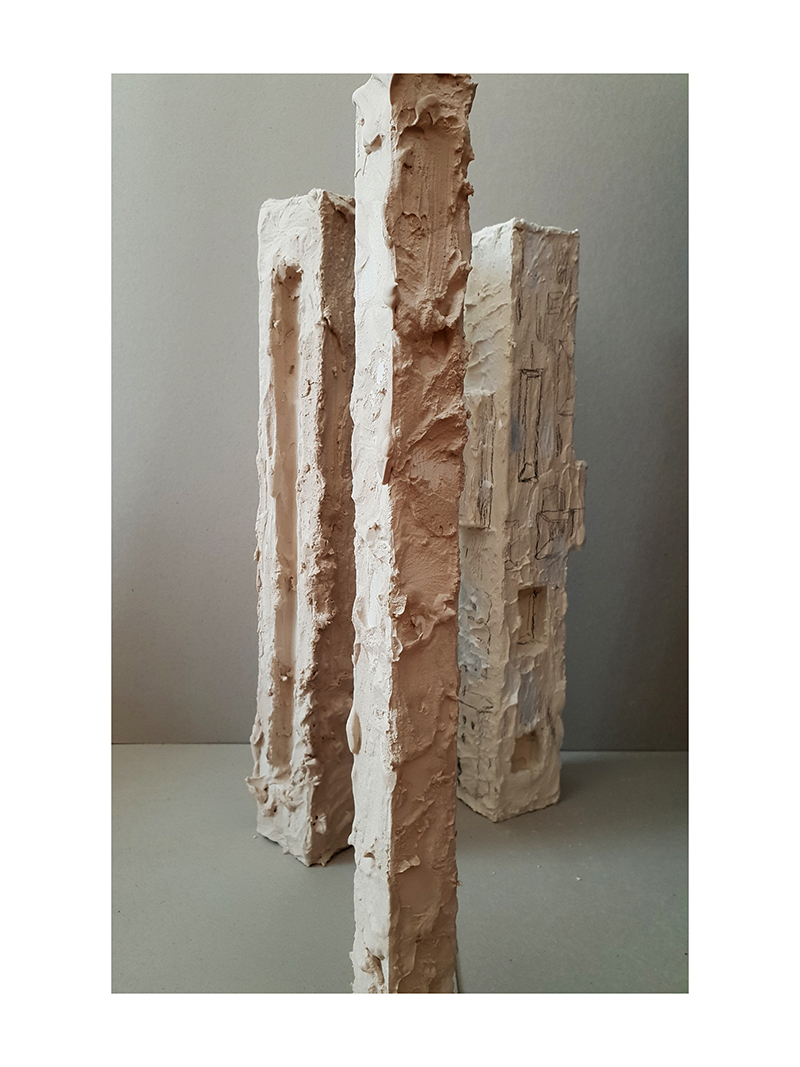
Towers, 2019
What are you working on now? What’s coming next season?
After quite an intense and busy autumn, I’m looking forward to studio work. I have a couple of projects which need realisation. One of them will be a continuation of my sculptural investigation on architectural environment and its influence on our life. This time I have collected some material on Soviet architecture and social housing. Another project is to continue my work with painting as an independent medium. In the spring I will build a site-specific installation as a backdrop for my performance Zeus, Give Me My EU Pass in Olomouc, Czech Republic.











Add Comment